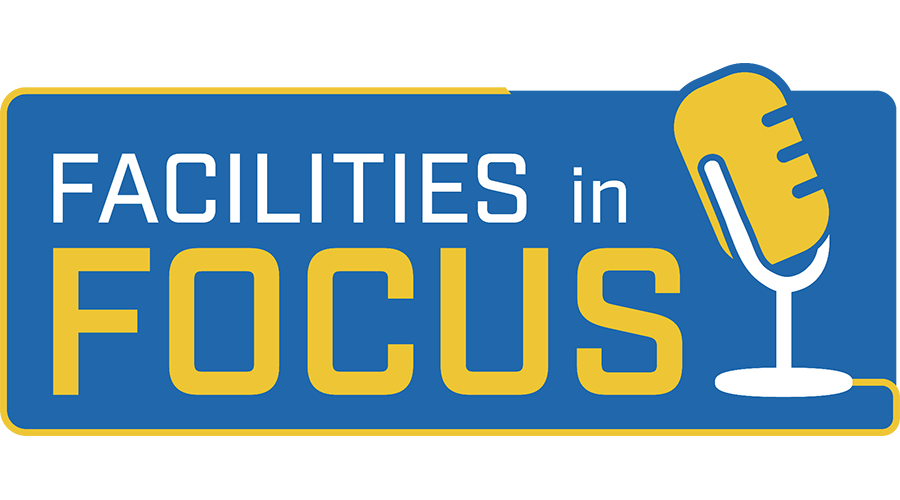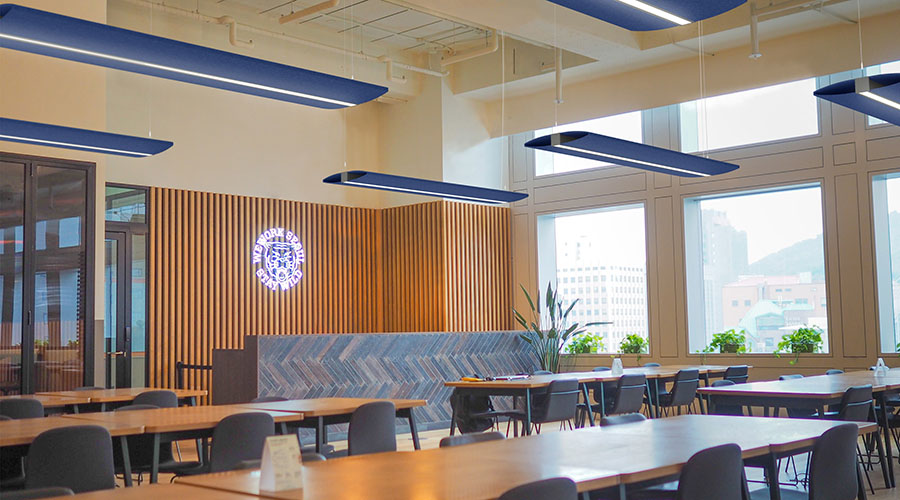SPONSORED
Acuity - Branded Feature
How lighting can address acoustic control in the modern office setting
How lighting can address acoustic control in the modern office setting.
By Dirk Zylstra, VP Design & Development, Acuity Brands Lighting
One of the downsides of contemporary office design has been the unforeseen effects of noise, poor acoustic control and lack of privacy that can affect productivity in the workplace.
Modern office environments can present acoustic challenges due to design choices about physical layout, elimination of sound-absorbing elements while, at the same time, emphasizing materials that exacerbate the situation. Some common architectural elements like unfinished ceilings and fewer closed offices can significantly reduce the number of acoustic-controlling elements in the environment.
Most office workers fluidly cycle between the need for collaborative interaction and concentrated solo work, and herein lies the problem. A typical open office will generate noise levels of 60-65dB while focused, concentrated work requires a level significantly lower at 40-55dB. Furthermore, typical office workforces are more-or-less split between individual workers and interactive workers who can spend over 60% of their time working collaboratively.
Current science tells us that we have a bandwidth capacity to process only 1.6 human voices at any given time, and anymore becomes added noise. Hypertension, impaired cognition, and general lack of concentration are all results of a poor acoustic environment. In addition, office and public spaces require a certain level of speech privacy for both productivity and legal reasons.
So how can the lighting help address this issue?
Unlike other office elements, lighting is generally out of the direct visual field in both offices and public spaces. At the same time, lighting is perfectly positioned to help control acoustics.
The most common measure used to rate the acoustical properties is NRC (Noise Reduction Coefficient), which is often included in specifications of ceiling tiles, office dividers, wall panels, and now, lighting fixtures. And the best way to control acoustics is to avoid reflection of sound.
Since lighting installed in the ceiling space and on walls is out of the direct visual field, there is an opportunity to add back some sound-absorbing material, while improving the overall aesthetic. In fact, the proximity to walls and ceilings will help the sound-absorbing effect, since sound will have the tendency to get trapped between the sound-absorbing surfaces and the building structure.
There are many approaches and technical solutions to integrating sound-absorbing into lighting fixtures, but not all solutions make great lighting. In terms of materials that will absorb sound there are a wide range of felts, fabrics, foams, or pulps. The bigger challenge is structurally integrating these materials in a way that the luminaire design is effective, firstly as a lighting fixture and secondly, as a sound-absorbing device.
New, Innovative Lighting with Acoustic Technology
Acuity Brands was recently granted a patent for the innovative design of its acoustic Absorb H family of luminaires from A-Light™, which combines high-performance lighting with acoustic technology. It is designed to reduce noise in open spaces and areas with high ceilings while providing functional illumination. Typical applications include schools, offices, reception areas, lobbies, conference rooms, auditoriums, and convention centers.
The unique double-wall hollow-core shape of the wings allows the Absorb H luminaire to efficiently absorb sound. The luminaire’s felt-like horizontal polyester panels are made from at least 40% post-consumer recycled PET bottles and are fully recyclable. With a large surface area, the acoustic panels limit reverberation time and have an inherent sound absorption rating of 0.75 NRC (Noise Reduction Coefficient). Luminaires are available in 30 varied colors of acoustic material.
For more information, visit www.alights.com
By Dirk Zylstra, VP Design & Development, Acuity Brands Lighting








